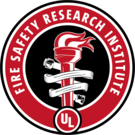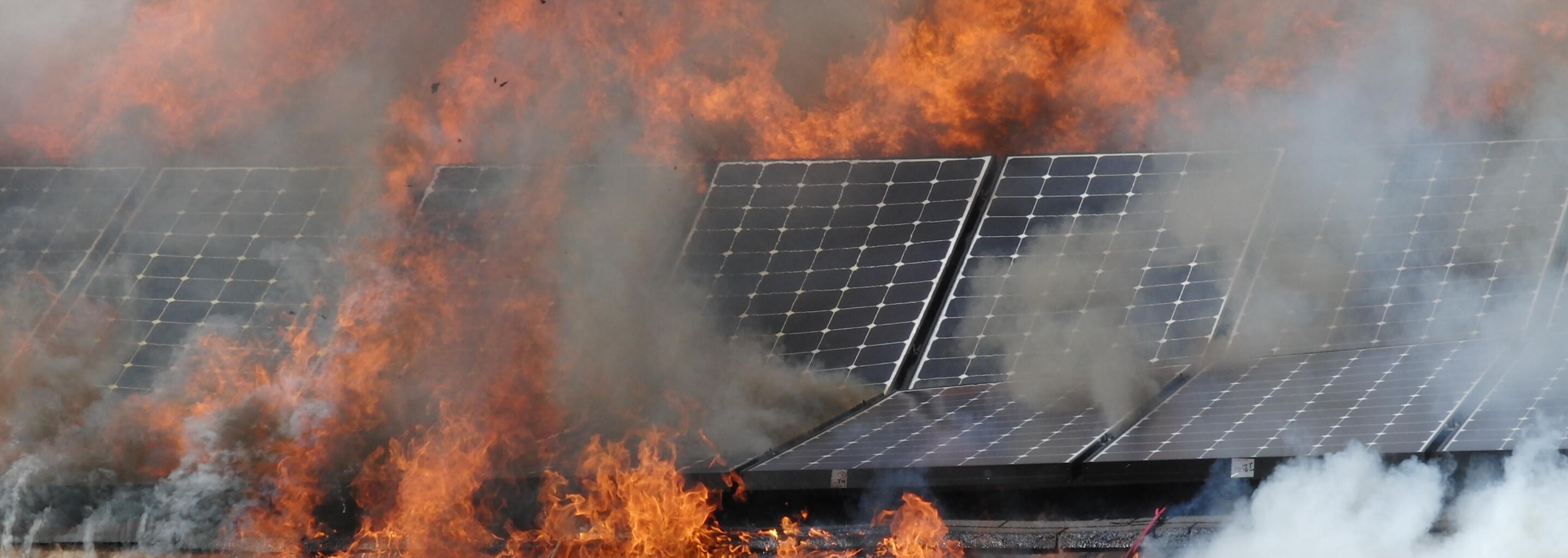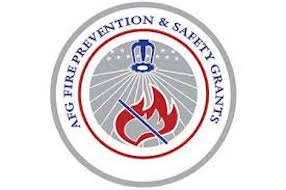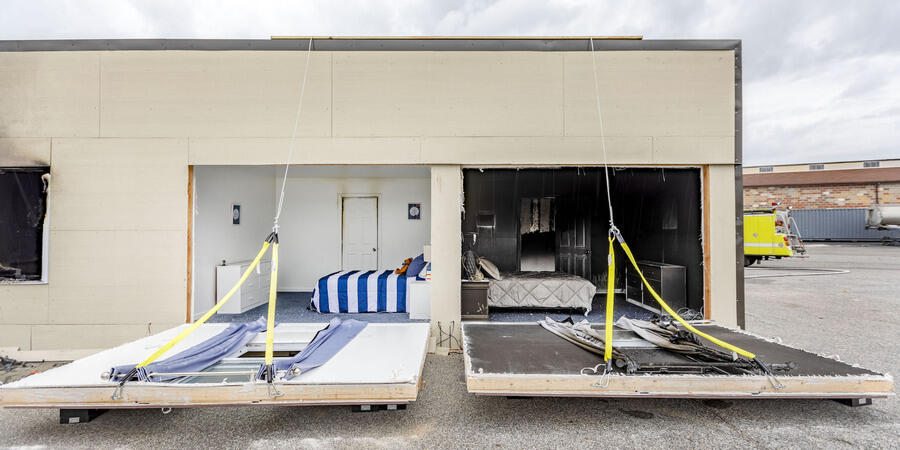Under the United States Department of Homeland Security (DHS) Assistance to Firefighter Grant Program – Fire Prevention and Safety Grants, UL examined concerns of photovoltaic (PV) systems and potential impacts on firefighting operations. Key concerns included firefighter vulnerability to electrical and casualty hazards when mitigating a fire involving a PV system.
The use of photovoltaic systems is increasing at a rate of 30% annually. As a result of greater utilization, traditional firefighter tactics for suppression, ventilation and overhaul have been complicated, leaving firefighters vulnerable to severe hazards. While electrical and fire dangers associated with PV systems have been known for some time, limited knowledge and insufficient data exists to understand them or enable the fire service to develop solutions and safely respond. Through this research, UL developed the empirical data needed to quantify hazards and provides the basis for the development of operational practices to reduce firefighter injury and death.
A functional PV array experimental fixture was constructed outdoors at UL’s Northbrook, IL campus. This allowed UL to:
- Develop knowledge of the hazard of the application of water to PV installations
- Understand effective de-energizing practices, such as deployment of salvage tarps, and limitations of disconnect devices.
- Address concerns about power generation during low and artificial light conditions.
In addition, experiments were conducted on functioning PV arrays at Delaware County Emergency Service Training Center. Three PV technologies were used, including metal framed glass on polymer, flexible laminate, and building integrated roof shingles. These fire experiments were designed to represent a room of content compartment fire which evolved to a structure fire ending in collapse.
Experiments were also conducted on a rack mounted PV arrays to represent a debris fire under the PV modules above the roof. Upon completion, the PV modules were examined to determine their ability to generate power, representing potential safety hazards for firefighters, particularly during overhaul operations.
The findings gathered during the course of these experiments provides knowledge for the fire service and enables them to examine their current thought processes, standard operating procedures and training content.




